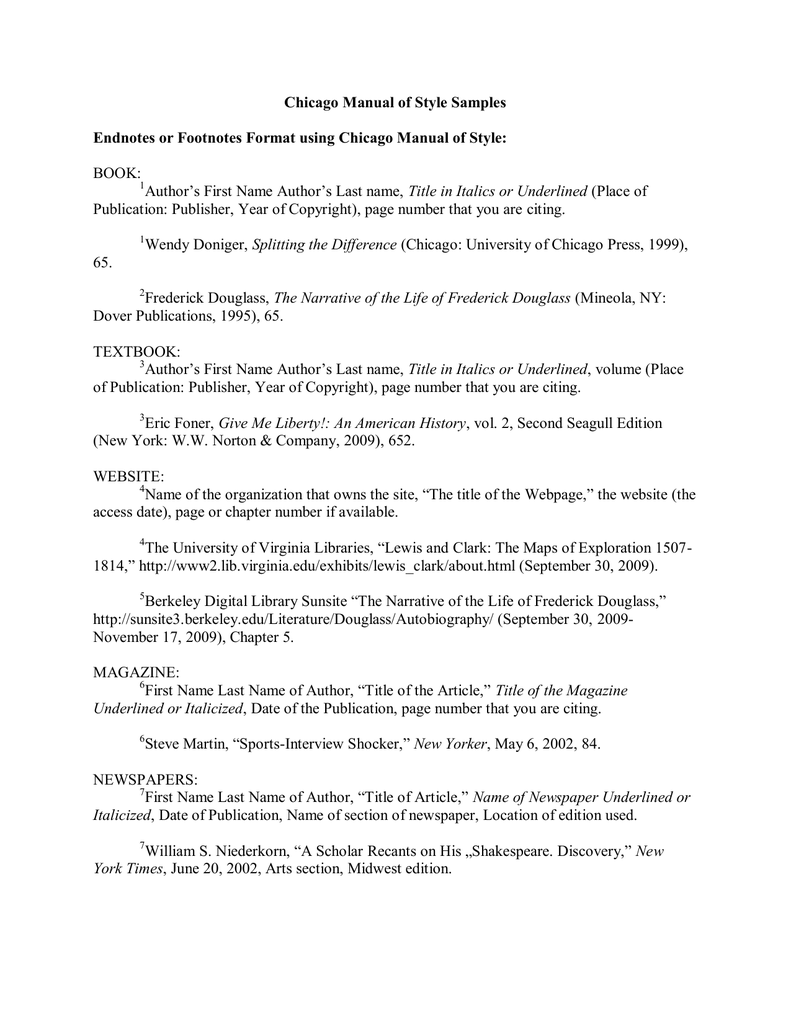

Navigate to the Search by Example tab, pick an example reference, and format it to the journals specifications. Additionally, there is a website from Mendeley that recommends similar reference style.įrom the Mendeley website, you can search by example for a reference style that matches the journal requirements.
/footnoteinsert-58b984cc5f9b58af5c4b4ca6.png)
It is likely to have some of the same stylistic requirements as your target journal. You can search and then download a style from the same publisher through Endnote, and modify it where needed. Some journal reference styles are not available through Endnote, and will need to be created from an existing style. If it is not there, you can download your journal style from Endnote and install it manually. From there, select “Select Another Style…” and find your journal reference style among the list. To choose a style and format references, first navigate to the Endnote ribbon in MS Word. You can select all styles, or merely the ones from your discipline. This is the “Output Styles” option shown in the figure below. When you first install Endnote, there is the option to install journal reference styles. This post will outline how to format references and in-text citations using Endnote. Our previous post focused on using Mendeley. You can simplify this process by using citation managing software, such as Mendeley or Endnote. What punctuation is used between title, author name, pages, issue, volume, journal title? Periods, commas, colons, semicolons?.



 0 kommentar(er)
0 kommentar(er)
